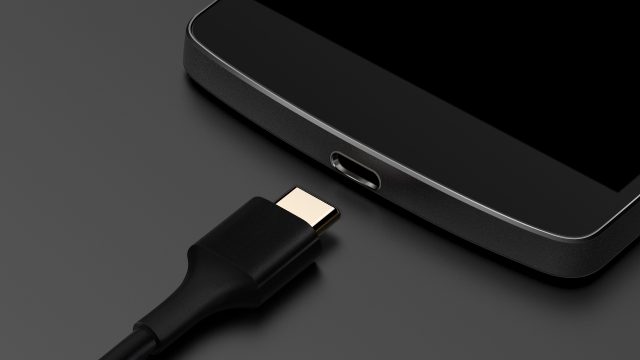
USB Type-C is still a rarity today, but as the year goes on, the new port is going to begin showing up in more and more devices. In anticipation of this, Google has introduced a handful of features in the Android M release to support some of Type-C's new features.
Google hasn't released a ton of information about the new features, but the most significant ones relate to the USB Power Delivery spec. A menu that pops up when you plug one USB Type-C device to another asks you what kind of connection you're trying to make. The standard MTP and PTP file and photo transfer protocols, available in current versions of Android, are on this list, but the menu will also ask you if you'd like to charge the device or use it as a power supply for another device.

This effectively makes Android M devices with USB Type-C ports into external batteries. Your tablet can charge your phone. Your phone could charge a camera battery or Bluetooth headset. Not every device combination makes sense (using a large laptop or tablet battery to charge a small phone battery seems useful; using a small phone battery to charge anything else seems ill-advised) but for compatible devices, it will be a handy feature.
This feature is only possible because of changes made in the USB Power Delivery 2.0 specification. In past versions, power could only flow in one direction, from the host to the peripheral. The new spec allows the peripheral to provide power to the host, too.
Also new to Android M is support for external MIDI devices like keyboards. This builds on some of the audio features Google introduced in Lollipop, including a reduction in latency, multichannel audio stream mixing, and support for USB microphones, amplifiers, speakers, and other accessories. As others have written, music and media creation apps are much more prevalent in iOS than they are in Android, and Google keeps adding new features in hopes of turning that around.
We assume that at least some USB Type-C ports in Android devices will support USB Alternate Mode, the spec that allows USB ports and cables to carry non-USB signals. Google didn't respond to our questions about Alternate Mode in Android M, but anything with a Type-C port should be able to support the feature since it's all built into the connector.
Type-C to DisplayPort, Type-C to HDMI, or other types of cables could be used to mirror your phone or tablet's screen to an external display, for example. Specs like MHL and SlimPort can already do this with current USB Type-B ports (and MHL has already announced support for Alternate Mode), but the more flexible Alternate Mode spec could make it possible to support DisplayPort, HDMI, or even VGA connections using the same port.
reader comments
41